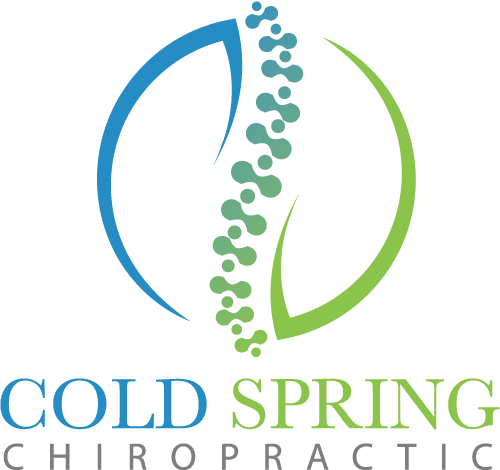Achilles Tendonitis
Posted on August 17, 2016Achilles tendinitis can be hard to beat and can disrupt your training for long time. The achilles is the strongest and largest tendon in the body, connecting the calf muscle to the heel bone. The achilles transfers force from the calf muscle to produce the push off when you walk, jump or run. It has limited blood supply, and therefore heals slowly, and is subjected to substantial force from running, making it very susceptible to injury. You might experience dull or sharp pain anywhere along the tendon, standing up on your toes causes pain, or you may feel dull pain around your heel at the end of your run that lingers afterward but goes away when iced.
Causes
In triathletes, the most common cause of injuries to the Achilles tendon is overpronation, inflexibility, or lack of strength. The repetitive stresses of running and cycling can cause friction and inflammation. The body responds to inflammation by producing down scar tissue in an attempt to stabilize the area, and once started, an ongoing cycle begins that worsens the condition.
 Inflexibility is often caused by the build-up of these adhesions, either within the soft tissue or within structures above or below the tendon’s kinetic chain. Often in cyclists having a low saddle height can result in excessive dorsiflexion of the foot, stressing the Achilles Tendon.
Inflexibility is often caused by the build-up of these adhesions, either within the soft tissue or within structures above or below the tendon’s kinetic chain. Often in cyclists having a low saddle height can result in excessive dorsiflexion of the foot, stressing the Achilles Tendon.
The most common causes of achilles tendonitis in runners are too much mileage, too many hills, too much speed work. It can also be caused by tight calf muscles, due to not stretching properly, increasing mileage too quickly or overtraining. Runners who overpronate, when the feet rotate too far inward, are more susceptible to this injury.
Prevention
Strong calves protect your achilles from stress. Strengthen the calves with heel drops daily. Avoid flip-flops and high heels, which can irritate the achilles. Compression socks can help relieve achilles tightness, and wearing proper shoes for the foot type and activity is also important in preventing injury or recurrence.
Strengthening the Calf muscles and the entire related kinetic chain is extremely important in order to ensure that injuries to the achilles tendon do not return. In addition stretching and balance exercises help ensure that the problem does not reoccur.
Treatment
This is a difficult injury to continue training through. Caught at it’s earliest symptoms, a few days rest might be enough time to heal. Ignoring the pain and continuing to run will exacerbate the injury and require even longer time off from running. Don’t start running again until you can do toe raises without pain or if pinching the tendon doesn’t hurt. Do alternative exercises such as pool-running, an elliptical machine, and swimming, but avoid cycling unless it’s not painful.
If running continues to be painful after two weeks, see a sports injury specialist. Avoid steroid injections. Research has shown the steroid injections increase in the possibility of rupturing the achilles tendon. Surgery to scrape scar tissue off the tendon is not very effective and often just stimulates more scar tissue.
Active Release Technique®(ART) is very successful at treating this type of injury since it removes restrictive adhesions in the tissue structures along the entire kinetic chain. A trained ART practitioner performs a biomechanical analysis to determine where the restrictions are along the kinetic chain. Effective treatment of the achilles tendon, or of any soft tissue injury, requires an alteration in tissue structure that breaks up the restrictive cross-fiber adhesions and restores normal function. ART treatment is specific and based upon the individual needs of each athlete, locating the specific tissues that are restricted and physically working them back to normal texture, tension, and length by using various soft tissue manipulation methods. Graston Technique® and Active Release Technique® speed the healing process by restoring connective tissues and muscles back to healthy and functional levels resulting in increased strength and mobility, with improved performance.
The techniques and therapy provided by Jonas Chiropractic Sports Injury Care are natural and non-invasive and have successfully helped many athletes come back faster from injury and return to pain-free running.

